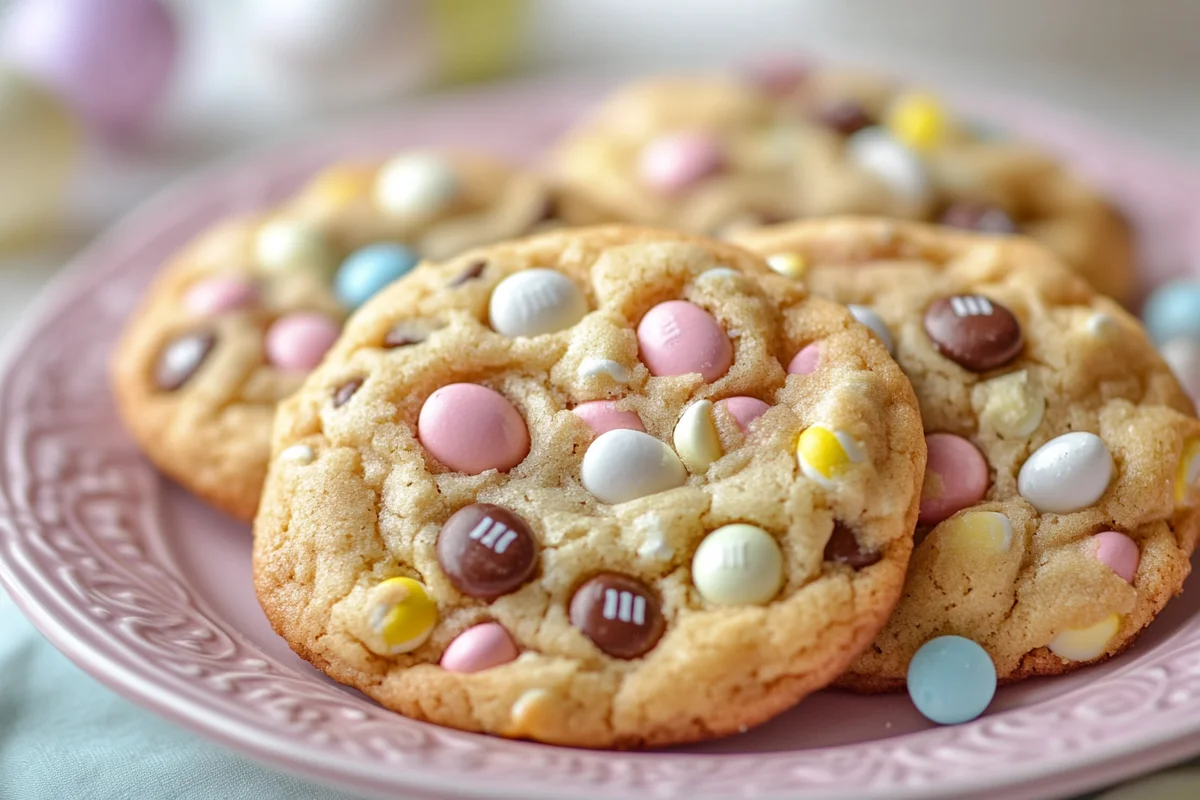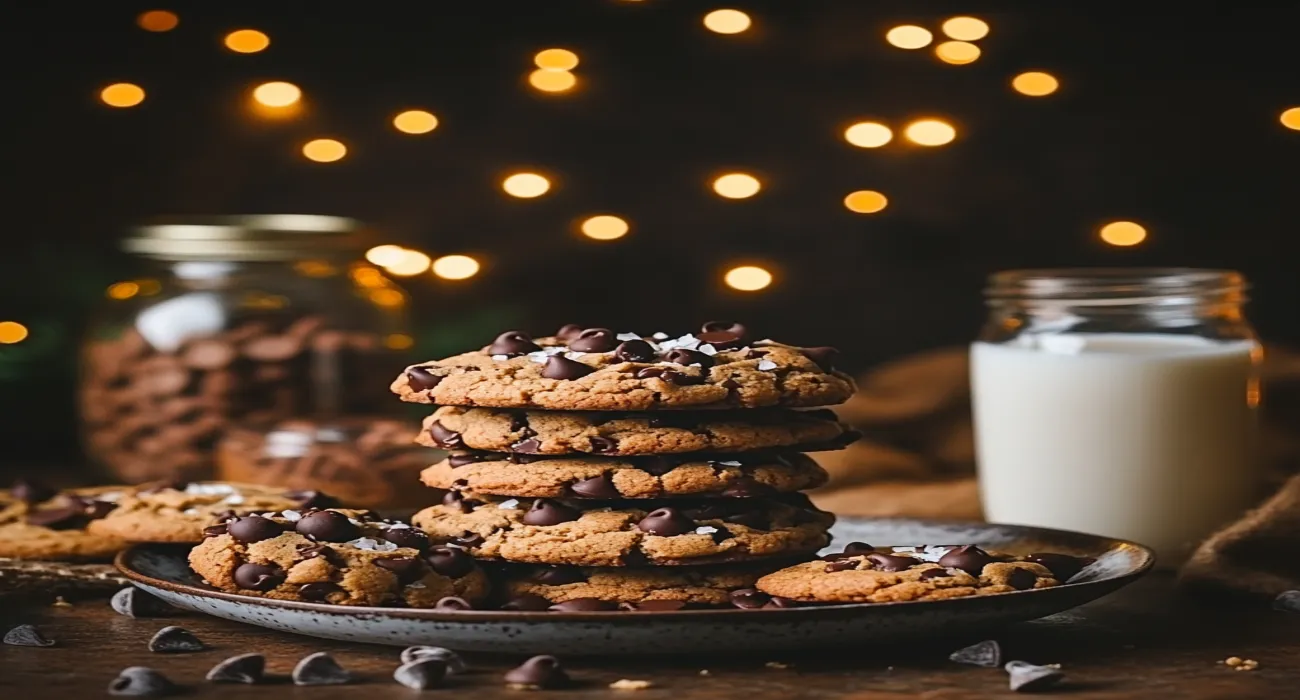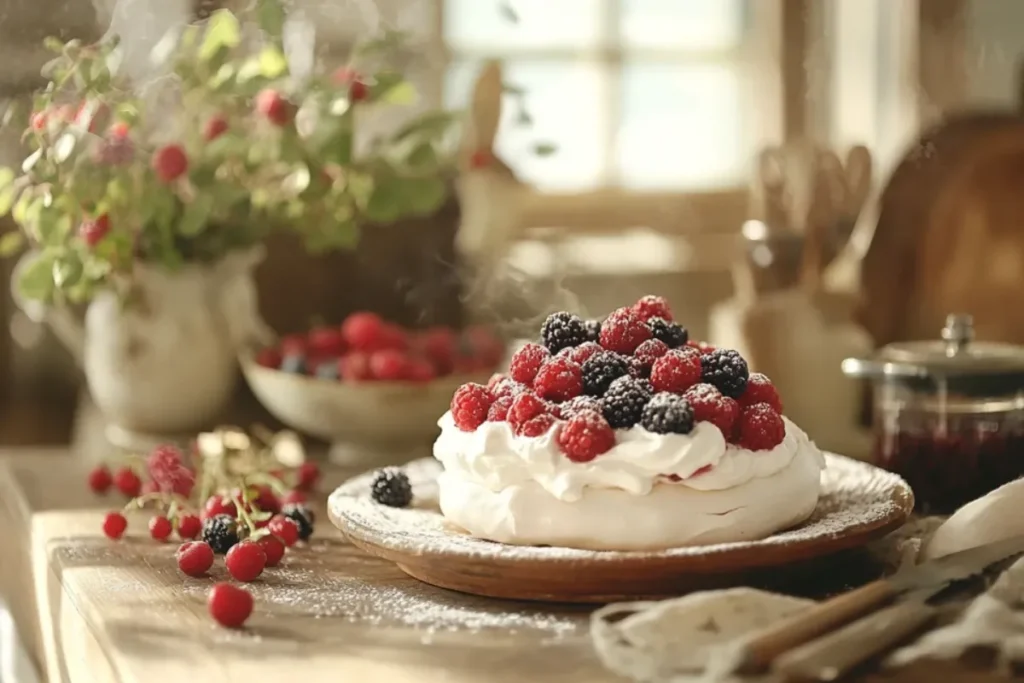
Introduction
Meringue, with its light, fluffy texture and sweet flavor, is a cornerstone of desserts worldwide. From pavlova to lemon meringue pie, this versatile treat has captured the hearts of bakers and food lovers alike. But have you ever wondered, What is the origin of meringue? Its history is as fascinating as the desserts it inspires, with debates surrounding its birthplace and evolution over the centuries. In this article, we’ll delve into meringue’s historical roots, its cultural significance, and its rise to fame in kitchens across the globe.
The Historical Roots of Meringue
Early Mentions of Meringue
Meringue’s origins are shrouded in mystery, with its earliest records dating back to 17th-century Europe. The first known mention of meringue appears in a 1692 cookbook by French chef François Massialot. However, similar recipes existed even earlier, referred to as “white biskit bread” in English texts from the early 1600s.
The term meringue itself is believed to have French or Swiss roots, with some historians suggesting it derives from the Swiss town of Meiringen. This connection has led many to credit Gasparini, a Swiss pastry chef, as the creator of this delicate confection.
Theories of Its Creation
Theories about the origin of meringue often spark heated debates among culinary historians. France, Switzerland, and England each claim a stake in its invention. The Swiss argue that Gasparini’s innovations gave birth to meringue, while the French highlight its prominence in their 17th-century cookbooks. Meanwhile, the English point to their early “white biskit” recipes as proof of their contribution.
How Meringue Evolved Over Time
What began as a simple mixture of egg whites and sugar has transformed over the centuries into a staple of desserts worldwide. Early meringues were rustic and used for garnishes or accompaniments. As techniques improved, meringue found its way into more refined dishes, eventually becoming a standalone dessert in the form of pavlovas and cookies.
Meringue’s evolution reflects both advancements in culinary techniques and the creativity of bakers who pushed its boundaries. Today, it’s a testament to the enduring appeal of simple ingredients crafted with skill.
Want to expand your dessert repertoire? Learn how to perfect your meringue-making skills with our guide to
Mastering Meringue: History, Types, Recipes
What Are the 3 Types of Meringues? A Complete Guide to Baking Success
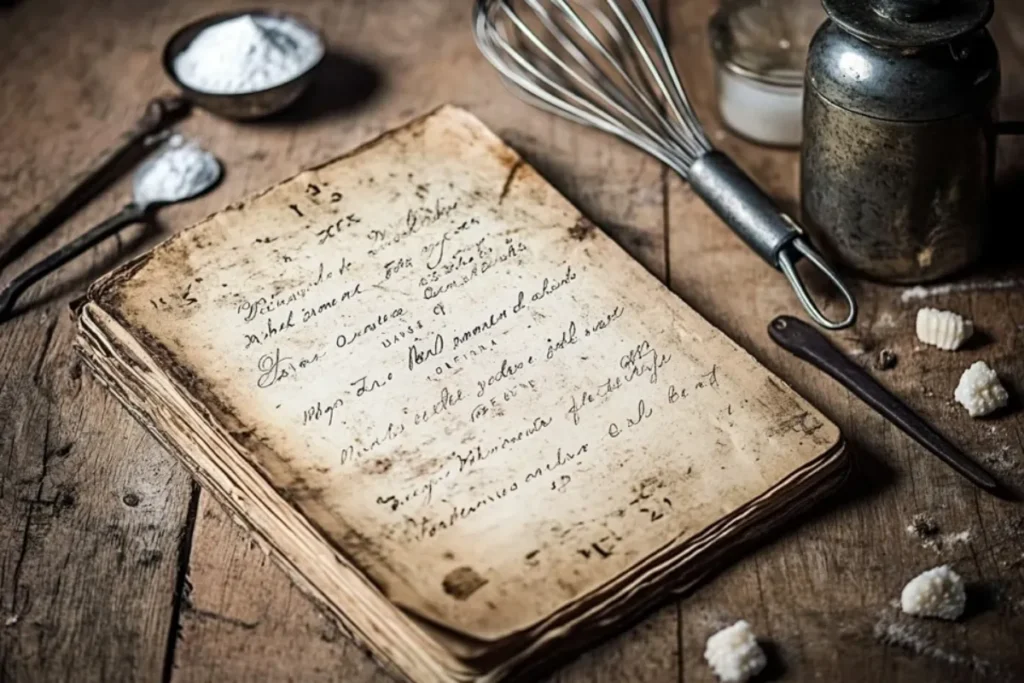
The Evolution of Meringue
Early Mentions in Culinary Texts
The question What is the origin of meringue? has intrigued culinary historians for years. Early mentions of meringue-like desserts appear in European cookbooks from the 17th century. For instance, a 1692 French cookbook by François Massialot includes a recipe resembling modern meringue. This suggests that the concept of whipping egg whites with sugar was gaining popularity during this period.
Regional Variations and Naming
As meringue recipes spread across Europe, regional variations emerged. In Italy, the addition of hot sugar syrup to whipped egg whites led to the creation of Italian meringue, known for its stability and use in pastries. Meanwhile, Swiss meringue, made by gently heating egg whites and sugar over a bain-marie before whipping, became a staple in Swiss bakeries. These variations highlight how different cultures adapted the basic meringue technique to suit local tastes and culinary practices.
For more delicious recipes, check out our recipe article.
Meringue in Modern Cuisine
Popular Uses in Desserts
Today, meringue is a versatile component in many desserts worldwide. From the classic French île flottante to the British pavlova, meringue adds a light, airy texture that complements various flavors. Its ability to be piped and shaped allows pastry chefs to create intricate designs, enhancing both the visual appeal and taste of desserts.
Meringue Beyond Sweets
While traditionally associated with sweets, meringue has found its way into savory dishes as well. Chefs experiment with incorporating herbs and spices into meringue mixtures, creating unique accompaniments to main courses. This expansion showcases the adaptability of meringue in modern culinary arts.
In this section, we’ll delve into the evolution of meringue recipes and explore the cultural significance of meringue in various cuisines.
Evolution of Meringue Recipes
Early Mentions in Culinary Texts
The term “meringue” first appeared in print in François Massialot’s cookbook of 1692. However, similar recipes existed earlier under different names. For instance, Elinor Fettiplace’s 1604 recipe book includes a confection called “white biskit bread,” and Lady Rachel Fane’s manuscript from the 17th century refers to “pets.” These early mentions highlight the gradual development of meringue in European culinary traditions.
Introduction of Piping Techniques
Initially, meringues were shaped using two large spoons. The introduction of piping methods by renowned chef Antonin Carême allowed for more intricate designs, enhancing both the visual appeal and texture of meringue-based desserts.
Cultural Significance of Meringue
Meringue in French Cuisine
In France, meringue holds a special place, often featured in classic desserts like île flottante (floating island) and vacherin. Its light and airy texture complements rich creams and fruits, making it a versatile component in French patisserie.
Global Variations
Beyond France, meringue has been adapted into various forms worldwide. In Italy, it’s known as “meringa” and is used in desserts like torta meringata. In Poland, “beza” refers to meringue cakes layered with creams and fruits. These variations showcase the adaptability and enduring popularity of meringue across cultures.
For more delicious recipes, check out our recipe article.
FAQs About the Origin of Meringue
What is the origin of meringue?
The origin of meringue is a topic of much debate among culinary historians. Many believe it originated in Switzerland, where chef Gasparini first introduced it in the town of Meiringen. Others argue its roots trace back to France or England, as similar recipes appear in their historical cookbooks. Regardless of its exact origin, meringue quickly became a cornerstone of European baking traditions, evolving into the beloved dessert component we know today.
Why is meringue popular in desserts?
Meringue’s popularity in desserts stems from its light, airy texture and its ability to elevate even the simplest recipes. It provides a perfect balance to tart fillings like lemon curd, as seen in lemon meringue pie. Its versatility also makes it ideal for standalone treats like pavlova and decorative cake toppings, cementing its place in the culinary world.
How has meringue changed over the centuries?
Initially, meringue was a rustic mixture shaped with spoons and used as a garnish. Over time, innovations in techniques, like the introduction of piping, allowed for more intricate designs and textures. Meringue’s versatility expanded its uses, evolving from a simple sweet to a star ingredient in desserts worldwide.
Is meringue difficult to make?
Making meringue isn’t inherently difficult, but it does require attention to detail. The key is to whip the egg whites to the right consistency and incorporate sugar gradually to achieve a smooth, stable mixture. Avoiding common mistakes, like overbeating or whipping in a humid environment, ensures success.
Final Thoughts on the Origin of Meringue
A Recap of Meringue’s Journey
Understanding what is the origin of meringue offers a glimpse into the rich history of culinary innovation. From its humble beginnings in European kitchens to its global presence today, meringue showcases the power of simple ingredients transformed by skill and creativity. Its adaptability, whether as a topping, garnish, or standalone dessert, has made it a timeless favorite.
Why the Origin of Meringue Matters
Knowing the origins of meringue deepens our appreciation for this versatile ingredient. It connects us to centuries of culinary tradition and inspires us to continue experimenting with it in new ways. Whether you’re baking a pavlova or crafting a lemon meringue pie, remember the history behind every fluffy bite.
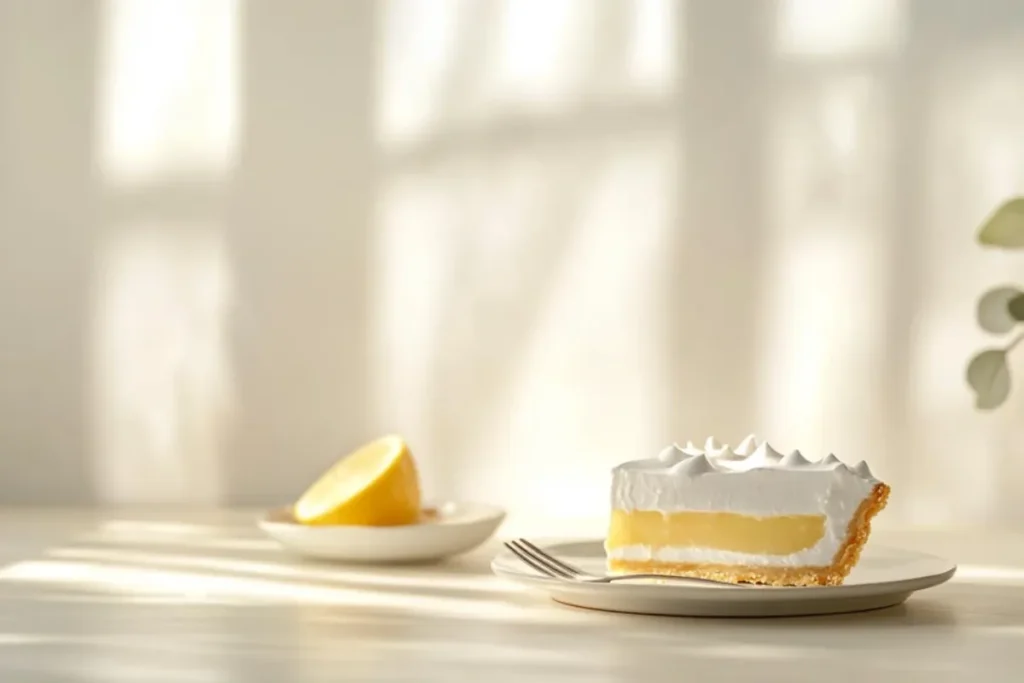
Famous Dishes Featuring Meringue
Classic Desserts with Meringue
Meringue has earned its place in some of the world’s most beloved desserts. One standout is the pavlova, a delicate treat with a crisp meringue shell and a soft, marshmallow-like center. Topped with whipped cream and fresh fruit, it’s a crowd-pleaser in both Australia and New Zealand.
Another iconic dessert is lemon meringue pie. Here, the sweet, fluffy meringue perfectly balances the tangy lemon curd beneath it. Macarons, the French almond-based cookies, also rely on meringue for their light, airy texture and delicate shells.
These classics demonstrate meringue’s versatility, highlighting how this simple combination of egg whites and sugar transforms into extraordinary desserts.
Modern Twists on Meringue
In contemporary cuisine, chefs are pushing the boundaries of what meringue can do. Dehydrated meringue shards are used as elegant garnishes for plated desserts, while flavored meringues (infused with cocoa, coffee, or fruit purees) add depth to traditional recipes.
Another modern favorite is baked Alaska, where meringue encases ice cream and sponge cake before being flambéed for a dramatic finish. These innovations show that meringue’s appeal extends far beyond its classic roots, blending tradition with creativity.
How to Make Authentic Meringue
Step-by-Step Guide for Perfect Meringue
Making authentic meringue starts with simple ingredients and precise techniques. Begin by separating the egg whites from the yolks, ensuring no traces of fat enter the mix. Whip the egg whites until frothy, then gradually add sugar while continuing to beat. The meringue should form stiff, glossy peaks that hold their shape.
Low and slow baking (around 200°F or 90°C) is the key to hardening meringue. This process removes moisture, leaving you with a crisp exterior and a soft or chewy interior, depending on your preference.
Common Mistakes and How to Avoid Them
Even seasoned bakers can stumble when working with meringue. Overbeating, under-whipping, or adding sugar too quickly can ruin the texture. Baking in a humid environment can also lead to sticky or weepy meringue.
To avoid these pitfalls, always use room-temperature eggs, clean utensils thoroughly, and ensure your sugar is added gradually. With patience and practice, you can master the art of meringue.
